Subfamily Monsteroideae Rank Species | Tribe Monstereae Scientific name Epipremnum aureum Higher classification Epipremnum | |
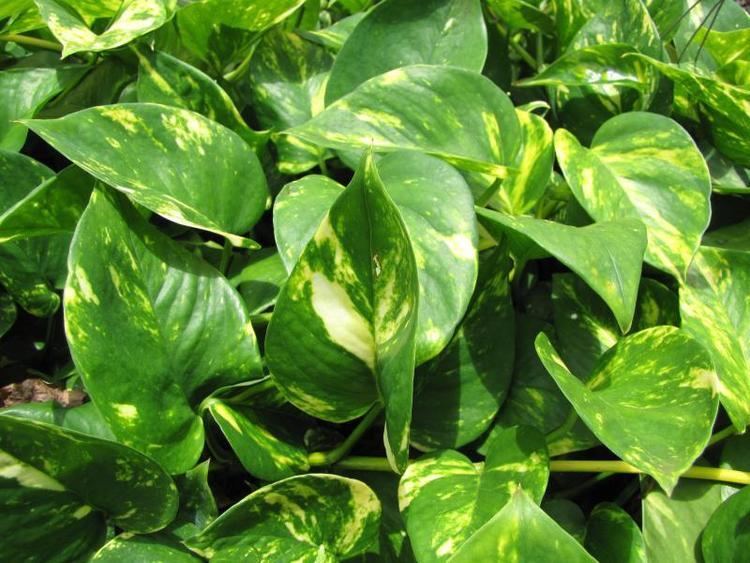 | ||
Similar Chlorophytum comosum, Philodendron, Epipremnum, Peace lily, Viper's bowstring hemp | ||
How to grow epipremnum aureum money plant
Epipremnum aureum is a species of flowering plant in the family of Araceae, native in Mo'orea, French Polynesia. The species is a popular houseplant in temperate regions, but has also become naturalised in tropical and sub-tropical forests worldwide, including northern Australia, Southeast Asia, India, Pakistan, Nepal, Bangladesh, Hawaii and the West Indies, where it has caused severe ecological damage in some cases.
Contents
- How to grow epipremnum aureum money plant
- How to grow money plant ii how to grow epipremnum aureum ii money plant ii plant care
- Description
- Cultivation and uses
- Toxicity
- Invasive species
- References
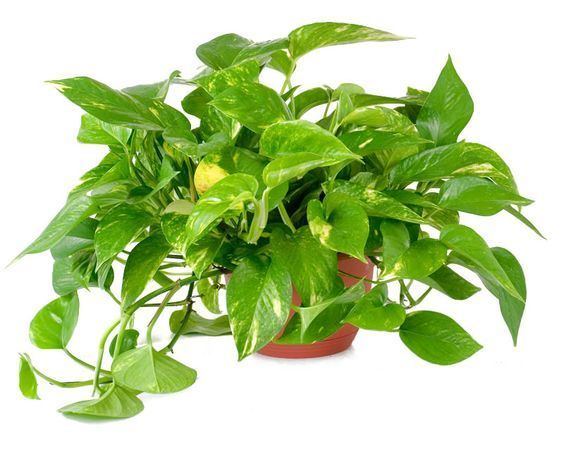
The plant has a multitude of common names including golden pothos, hunter's robe, ivy arum, money plant, silver vine, Solomon Islands ivy and taro vine. It is also called devil's vine or devil's ivy because it is almost impossible to kill. It is sometimes mistakenly labeled as a Philodendron in plant stores. It is known as money plant in India and Bangladesh.

How to grow money plant ii how to grow epipremnum aureum ii money plant ii plant care
Description
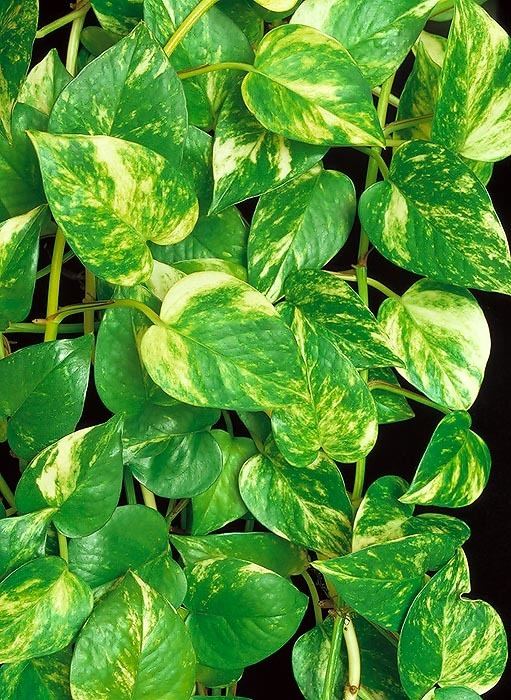
E. aureum is an evergreen vine growing to 20 m (66 ft) tall, with stems up to 4 cm (2 in) in diameter, climbing by means of aerial roots which adhere to surfaces. The leaves are alternate, heart-shaped, entire on juvenile plants, but irregularly pinnatifid on mature plants, up to 100 cm (39 in) long and 45 cm (18 in) broad; juvenile leaves are much smaller, typically under 20 cm (8 in) long. The flowers are produced in a spathe up to 23 cm (9 in) long. This plant produces trailing stems when it climbs up trees and these take root when they reach the ground and grow along it. The leaves on these trailing stems grow up to 10 cm (4 in) long and are the ones normally seen on this plant when it is cultivated as a pot plant.
Cultivation and uses
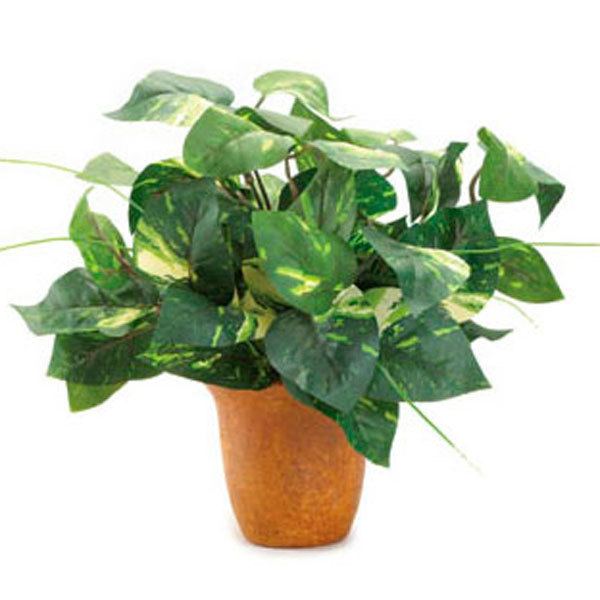
In temperate regions it is a popular houseplant with numerous cultivars selected for leaves with white, yellow, or light green variegation. It is often used in decorative displays in shopping centers, offices, and other public locations largely because it requires little care and is also attractively leafy. It is also efficient at removing indoor pollutants such as formaldehyde, xylene, and benzene. A study found that this effect lessened the higher the molecular weight of the polluting substance. As a houseplant it can reach a height of 20 m (66 ft) or more, given suitable support. It has gained the Royal Horticultural Society's Award of Garden Merit.
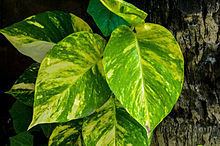
This plant is occasionally utilized in aquarium settings, where it is positioned atop the aquarium, allowing its roots to extend into the water. This arrangement is advantageous both for the plant and the aquatic environment, as the plant absorbs a significant amount of nitrates from the water, utilizing them for its growth.
Toxicity
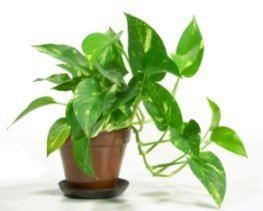
The plant is listed as toxic to cats and dogs by the ASPCA, because of the presence of insoluble raphides. Care should be taken to ensure the plant is not consumed by pets. Symptoms may include oral irritation, vomiting, and difficulty in swallowing.
Invasive species

E. aureum can become a highly invasive species when introduced into tropical countries where it is not native. In Sri Lanka it overgrows several hectares of the Udawatta Kele Sanctuary in Kandy. Having no natural enemies, it completely overgrows the forest floor as well as the trunks of trees, causing severe ecological disruption.
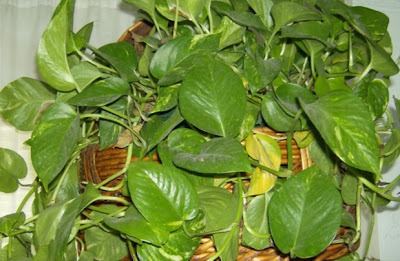
It has also invaded the Kurulukele Forest Reserve in Kegalla, Sri Lanka and other places where it has been planted as a decorative plant, or to hold steep banks along roads. It was included in the Florida Exotic Pest Control Council's 1999 list of invasive species.
